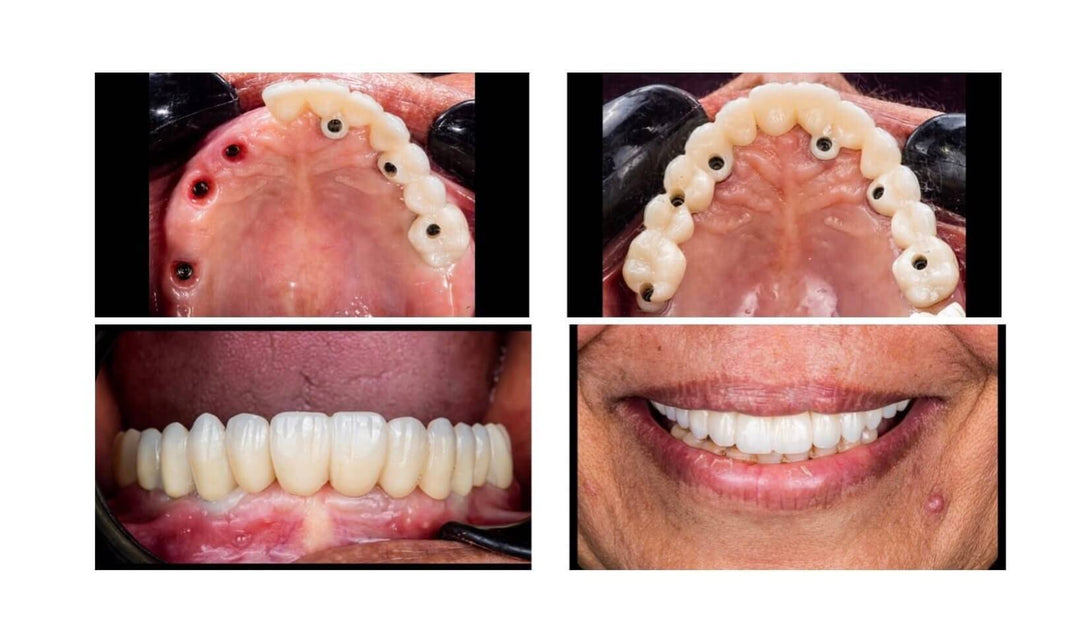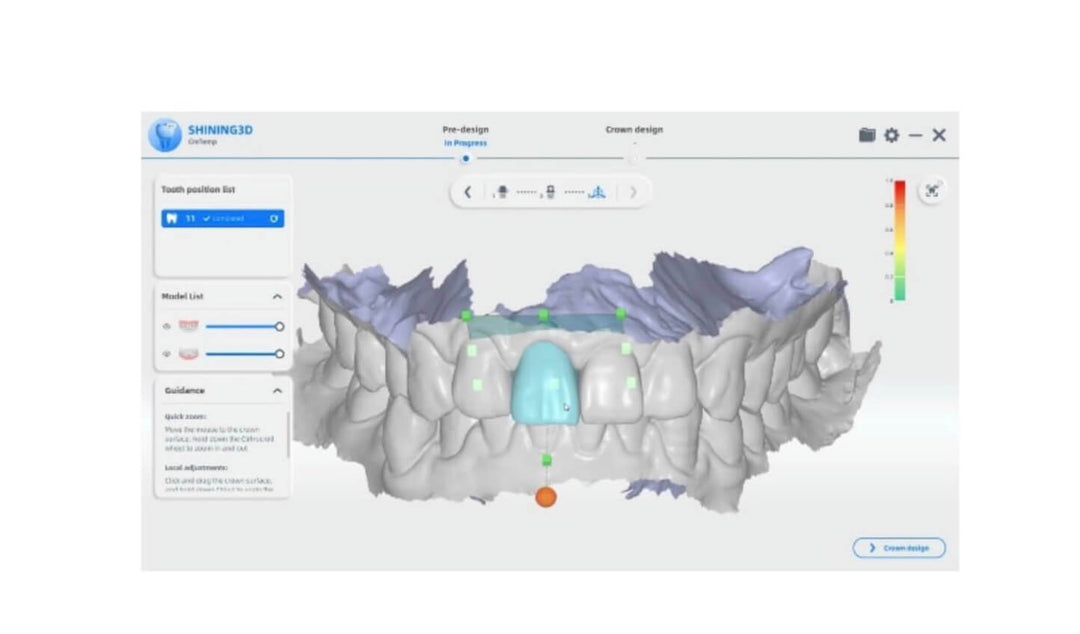How to choose your dental loupes?

Why dental loupes are becoming so popular among dentists?
The primary reasons that magnification is becoming the standard of care for the majority of dentists are:
A. Enhanced vision for improved patient care. Reviewing and evaluating details of teeth, and soft tissue requires visual acuity – which is improved through magnification.
B. Surgical quality loupes allow for improved ergonomic posture which may extend your comfort – and your career. No more “dental hunch.
Here are a few points that you need to consider when you choose the dental loupes
1-The Magnification power
The level of magnification used is most often based on personal preferences. However, there are a few guidelines which could help in choosing the best magnification for your specific needs. Choose the lowest comfortable magnification level, as this would provide the widest field of view. Experience shows that the most commonly used and recommended magnification for loupes in different dental fields are as follows:
A. General dentistry, dental hygienist, implantology work: 2.5 X-3.0 X- 3.5 X.
B.Endodontics, Crown and Bridgework: 3.5 X - 4.0 X.
C.Lab work, Technician: 4.0 X. 5.0 X -6.0 X.
2-The working distance
The working distance refers to the distance between your eyes, and the patient's mouth. Our ADAE store dental experts recommend a working distance of 420mm for all dentistry work.
3.The field of view
The field of view is the area that is visible and in focus while looking through the loupes. A larger field of view is preferred, as there is a larger area visible through the loupes, and there is less need to move your head around. The size of the "field of view" also corresponds directly to the magnification factor. Simply stated: A loupe with a lower magnification factor, will have a larger field of view, and vice versa.
4.The depth of field
The depth of field is the depth of the area that is visible & in focus while looking through the loupes. A larger depth of field is preferred, as there is a deeper area visible through the loupes. The size of the "depth of field" corresponds directly to the "working distance".
A loupe with a longer working distance will have a larger depth of field and vice versa. The size of the "depth of field" also corresponds directly to the magnification factor.
A loupe with a lower magnification factor will have a larger depth of field and vice versa.












Leave a comment